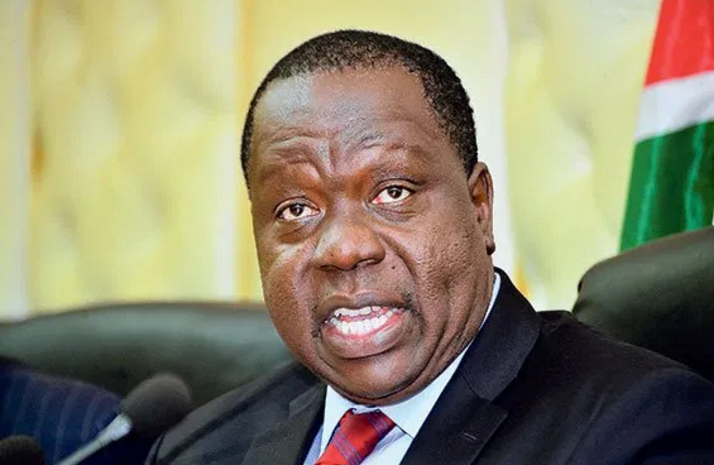Cross-border conflicts call for integrated approach

The raging debate on whether the 11 MPs from northeastern Kenya who recently visited Somalia without clearance by State agencies committed crime or not, raises queries on cross-border movements vis-a-vis security.
And because of the visit’s timing—at the height of strained relation between Kenya and Somalia over the maritime border dispute and Jubaland— opinion has been varied on their mission and nature of their talks with President Mohamed Farmajo and intelligence chiefs.
Even as National Assembly Speaker Justin Muturi ruled that the MPs had no case to answer, there remains a question on the handling of border issues, especially where the local communities with cross presence are handled.
It is true the local communities are rarely involved in seeking solutions, especially on security matters even in fighting al-Shabaab menace that affects both Somalia and Kenya. This is a real gap.
For instance, for border communities in counties such as Busia, Migori, Bungoma, West Pokot, Kajiado and Coast, no boundaries exist; people interact freely. They cross borders to seek leisure, treatment, food and visit their kith and kin.
This is why the brouhaha over the MPs’ alleged secret visit to Somalia is a bit baffling.
Instead, what should concern us is the increased terror attacks which have paralysed learning in the northern counties.
Rather the solution lies in management of border security and intelligence sharing by countries.
It’s evident that the two countries are pursuing parallel and short term agenda, thus escalating tensions between them.
Though the MPs with clan links with Somalia claim to have been using soft diplomacy to resolve the sticky insecurity question, such “hard security” matters are best left to the State.
Civilians involvement in such matters is alarming and yet the African Union in 2014 ratified the Niamey Convention (Cross Border Collaboration), which calls for peace through greater cross-border cooperation.
Studies have also shown that addressing peace and security challenges on borders requires both “hard” and “soft” approaches and cautions on the folly of only investing in State-centric responses in pursing stability in volatile borderlands.
A change in tack, as provided for under the Niamey Convention is inevitable to solving such cross-border conflicts and tensions, especially between Kenya and Somalia and other Horn of Africa states.
The region has a long history of contested identities, territories and unresolved conflicts, presenting one of the most complex conflict systems in Africa.
It is also a region that continues to be an epicentre of fragile conflict because of unresolved border conflicts and spill-over effects from porous borders such as violent extremism, human trafficking and the proliferation of small arms and light weapons.
It’s worrying that despite historical and contemporary reasons, sub-region bodies such as IGAD and Ecowas have been caught napping.
Fortunately, the AU has already set aside funds to ensure integrated approaches to solve such problems, prioritising involvement of local communities and their leadership structures.
But to give legal legs to the convention, adopted in the 23rd ordinary session of the Assembly of AU Heads of States 2014, it needs to be ratified by 15-member states.
The current framework on cross border security that is in operation is the Africa Peace and Security Architecture (APSA) Roadmap 2016-2020 that has five thematic priorities, including conflict prevention. —The writer is the Head of Media Development and Strategy at Media Council of Kenya







